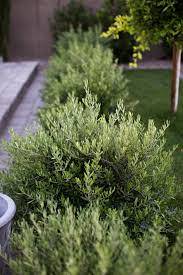- Where can I buy swamp milkweed?
- Where should I plant swamp milkweed?
- How fast does swamp milkweed grow?
- Does Home Depot sell milkweed plants?
- Is swamp milkweed poisonous to dogs?
- Should I deadhead swamp milkweed?
Where can I buy swamp milkweed?
In the wild, swamp milkweed grows in wet meadows, marshes and along the shores of lakes and streams throughout the Northeast. Although a wetland plant, in the home garden it tolerates moist to moderately dry conditions in sun/part sun (though not dry, sandy soil).
Where should I plant swamp milkweed?
Swamp milkweed, as the name suggests, grows best in moist, wetland areas. It likes wet, clay soil, but it also prefers full sun. The plant is hardy in USDA zones 3 through 6, where it grows as a perennial. The plants spread naturally by wind-borne seeds and by creeping roots that spread out slowly under the ground.
How fast does swamp milkweed grow?
Swamp milkweed seed requires light for germination. Germination is poor at temperatures higher than 85 degrees Fahrenheit. Seedlings should not be transplanted until they have at least one set of true leaves. Allow 4 to 8 weeks inside growing time for seedlings before moving to a cold frame or transplanting outside.
Does Home Depot sell milkweed plants?
Milkweed - Bushes - Outdoor Plants - The Home Depot.
Is swamp milkweed poisonous to dogs?
Milkweed does contain toxins that can be harmful to pets, livestock and people. The milky sap for which it gets its name leaks out from the stem or leaves. This sap contains toxins called cardiac glycosides or cardenolides, which are toxic to animals if consumed in large quantities.
Should I deadhead swamp milkweed?
Deadheading milkweed is not necessary but it will keep the plants looking tidy and may promote further blooms. If you do it right after the first flowering, you can expect a second crop of blooms. Cut the blooms off just above a flush of leaves when milkweed deadheading.
 Planetagarden
Planetagarden



